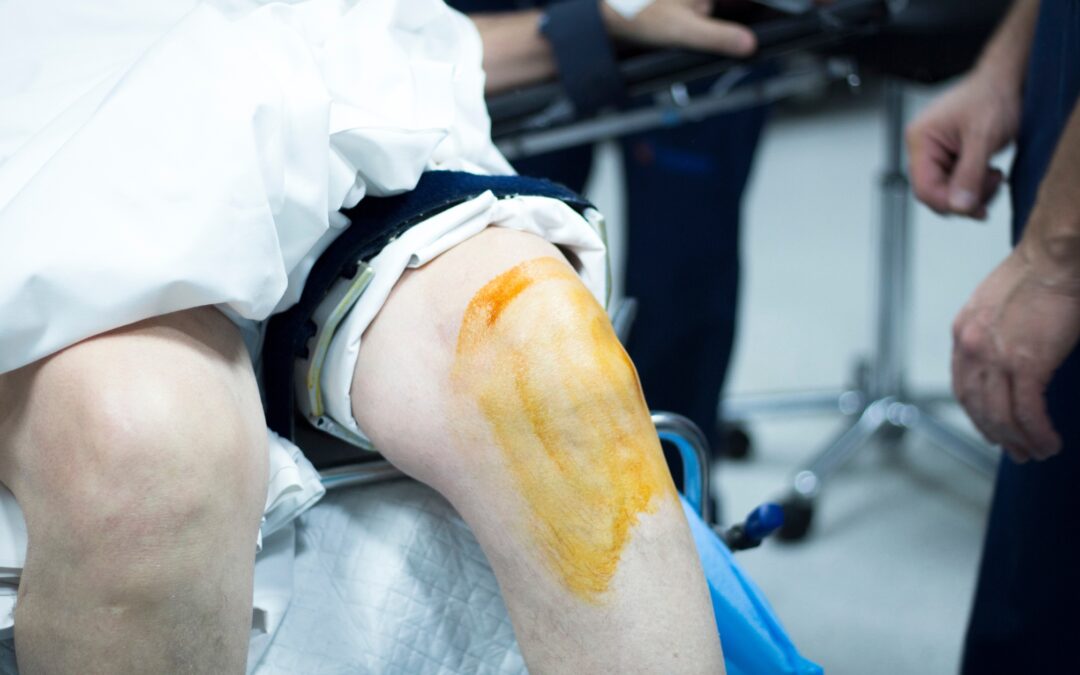Maintaining a healthy skeletal system is fundamental to leading a life free from pain, discomfort, and mobility issues. As leading bone and joint specialists at Vidyasagar Hospital, we’ve observed how everyday habits, nutrition, and activity levels impact long-term musculoskeletal health. In this comprehensive guide, we share expert strategies to ensure your bones and joints remain strong, mobile, and resilient throughout your life.
Understanding the Skeletal System: The Foundation of Mobility
The skeletal system comprises 206 bones and over 300 joints, working in perfect harmony to support movement, posture, and protection of vital organs. Unfortunately, aging, poor lifestyle choices, and injuries can degrade this system, resulting in arthritis, osteoporosis, and chronic joint pain.
Our mission as bone and joint specialists is to provide clear, actionable advice to help individuals maintain optimal skeletal health from childhood through old age.
Prioritize Nutrition for Bone Strength
Calcium and Vitamin D: The Essentials
Calcium is the building block of strong bones. Without sufficient calcium intake, bones become brittle and prone to fractures. Adults should aim for 1,000–1,200 mg of calcium per day from sources like:
- Dairy products (milk, cheese, yogurt)
- Leafy greens (spinach, kale)
- Fortified foods (cereals, orange juice)
Equally important is Vitamin D, which aids calcium absorption. Regular exposure to sunlight (15–30 minutes/day) is vital. However, supplementation may be necessary for those with limited sun exposure.
Bone-Boosting Micronutrients
Include foods rich in:
- Magnesium (nuts, whole grains)
- Phosphorus (poultry, lentils)
- Vitamin K2 (fermented foods, egg yolks)
- Collagen (bone broth, gelatin)
These nutrients work synergistically to maintain bone density and joint flexibility.
Regular Exercise: Keep Joints and Bones in Motion
Weight-Bearing Activities
As bone and joint specialists, we recommend at least 30 minutes of weight-bearing exercise 5 times a week. Activities such as walking, jogging, climbing stairs, and dancing help stimulate osteoblast activity, which promotes bone formation.
Strength Training and Resistance Work
Incorporate resistance training to improve muscle mass, which supports your joints and relieves stress on bones. Focus on:
- Squats
- Lunges
- Dumbbell presses
- Resistance bands
These exercises increase bone mineral density, reducing the risk of osteoporosis and fractures.
Flexibility and Balance Exercises
Practices such as yoga, Tai Chi, and stretching routines enhance joint mobility, ligament health, and prevent falls — especially crucial for older adults.
Maintain a Healthy Weight
Excess weight puts pressure on load-bearing joints like the knees, hips, and lower back, accelerating cartilage degradation and contributing to osteoarthritis.
Even a 10% reduction in body weight can lead to a 50% improvement in joint function. We emphasize a balanced diet, portion control, and regular physical activity for sustainable weight loss and long-term skeletal health.
Avoid Joint-Damaging Habits
Poor Posture and Sedentary Lifestyle
Slouching while sitting or prolonged inactivity can misalign your spine and weaken supportive musculature. We advise:
- Ergonomic seating
- Frequent movement breaks
- Proper workstation alignment
High-Impact Sports without Preparation
Engaging in high-intensity sports without proper warm-up, cool-down, or joint protection can lead to injuries such as ACL tears, meniscus damage, and dislocations. Always warm up and strengthen supporting muscles before activity.
Ignoring Minor Pains
Persistent or recurring joint pain should not be ignored. Early intervention by a bone and joint specialist can prevent long-term damage.
Injury Prevention and Joint Protection Strategies
Supportive Footwear
Wearing proper shoes with arch support and shock absorption can prevent hip, knee, and ankle problems. Avoid high heels or worn-out footwear.
Use of Braces and Supports
For those with weak or healing joints, orthopedic supports, braces, and compression sleeves can help stabilize movement and prevent re-injury.
Proper Lifting Techniques
Always lift with your legs, not your back. Maintain a straight spine, bend your knees, and keep the load close to your body to prevent joint strain and spine injuries.
Age-Specific Bone and Joint Care
Children and Adolescents
- Encourage outdoor play and physical activity
- Ensure calcium and Vitamin D intake during growth spurts
- Address posture issues due to digital device use
Adults (20s–50s)
- Begin strength training early to build bone reserves
- Maintain joint flexibility and mobility
- Monitor for overuse injuries
Older Adults (60+)
- Prioritize fall prevention
- Consider DEXA scans to monitor bone density
- Manage arthritis with physical therapy and medication
Medical Check-Ups and When to See a Bone and Joint Specialist
Routine visits to a bone and joint specialist can help detect early signs of:
- Osteoporosis
- Rheumatoid arthritis
- Osteoarthritis
- Degenerative joint conditions
At Vidyasagar Hospital, we offer advanced diagnostic imaging, personalized treatment plans, and minimally invasive surgeries when necessary.
Early diagnosis and treatment are essential to preserve mobility, prevent joint deformities, and eliminate pain effectively.
Bone-Strengthening Treatments and Technologies
Modern medicine offers several non-surgical and surgical options for skeletal support:
- PRP (Platelet-Rich Plasma) Therapy for joint regeneration
- Arthroscopy for minimally invasive joint repair
- Joint replacement surgeries for advanced arthritis
- Hormone therapy for post-menopausal bone loss
Our team uses cutting-edge techniques to restore function and improve quality of life.
Your Path to Lifelong Skeletal Health Starts Now
Bone and joint health is not just about avoiding pain — it’s about living fully, moving freely, and aging gracefully. By following these expert tips, maintaining strong habits, and consulting with experienced bone and joint specialists, you can enjoy lifelong skeletal well-being.
Trust your joint health to the team at Vidyasagar Hospital, where compassion meets clinical excellence.




Recent Comments